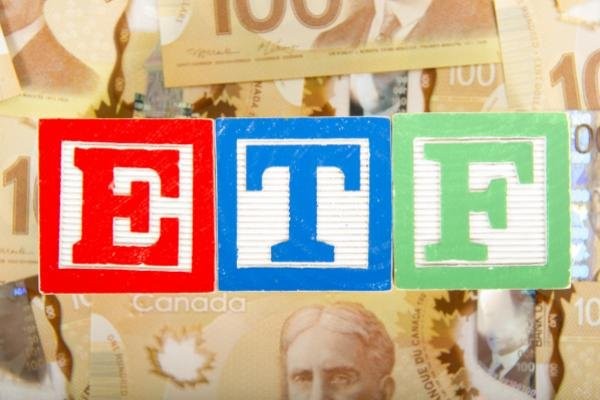Preferred Stocks Could See an ETF Effect Too Focus on Funds
Post on: 1 Июль, 2015 No Comment

By Brendan Conway
They call it the ETF bid: The tendency of the indexed parts of the high-yield bond market to rise faster than the rest of the market when times are good.
Now the froth is gone, and were seeing investors crowd out of the asset all at once. This sets up an opposite, depressive effect on prices, as investors stampede out all at once. The two big junk-bond exchange-traded funds, SPDR Barclays Capital High Yield Bond ETF ( JNK ) and iShares iBoxx $ High Yield Corporate Bond Fund ( HYG ), finished May with market prices that badly lagged the funds net-asset values: HYG fell 2.6% on a price basis for the month, versus a 1% fall in the NAV. For JNK, it was 2.3% versus 1.1%.
AFP Do ETFs speed up trading or just reflect markets as they are?
Do ETFs become a kind of accelerant for market declines when opinion turns south? Cause and effect can be debated, but the Barrons ETF Focus column last year put a spotlight on one attempt to quantify what happens in indexed bonds: Goldman Sachs Charles P. Himmelberg and Lotfi Karoui found indexed bonds have gained (or lost) about a 1% difference in annual returns. They were looking at the iBoxx $ Liquid Investment Grade Index, to say nothing of high-yield bonds.
It seems likely the ETFs instant tradability has to enable at least some investors so inclined to act on their jittery impulses. If you subscribe to the accelerant theory which is closely related to, if not synonymous with what strategist Peter Tchir calls spiral risk the next logical place to look is preferred stock. (Nota bene: Here are BlackRocks ( BLK ) strategists disputing the accelerant idea in all but the most extreme market environments in a recent paper.)
So far, investors have pulled a relatively modest $300 million from iShares S&P Preferred Stock Index Fund ( PFF ), the big $12 billion ETF for preferreds. This ETF, down 2.8% over the last month, hasnt suffered the same depredations as other yield-rich funds such as iShares FTSE NAREIT Mortgage PLUS Capped Index Fund ( REM ), down nearly 11% over the same span.
But it stands to reason that the same yield-seeking investors dumping HYG and REM are turning on PFF, too. The ETF has slumped 1% to $39.29 Tuesday afternoon, the lowest price since November.
The iShares preferred stock ETF would seem to loom over its own market at least as much as the high-yield ETFs. JNK and HYG, though holding just $25 billion in assets under management in a $1 trillion-plus market, were estimated last year to account for a tenth of trading in the high yield bond market. The $12 billion preferred ETF is part of a market thats a fraction of the size, and yet its trading volume is about one-third whats seen in a high-yield ETF.
Expect Pressure on Gold to Continue, BlackRock Says Next
Yen Back Under 96, Challenging Japan Bulls, Once-Surging Funds














